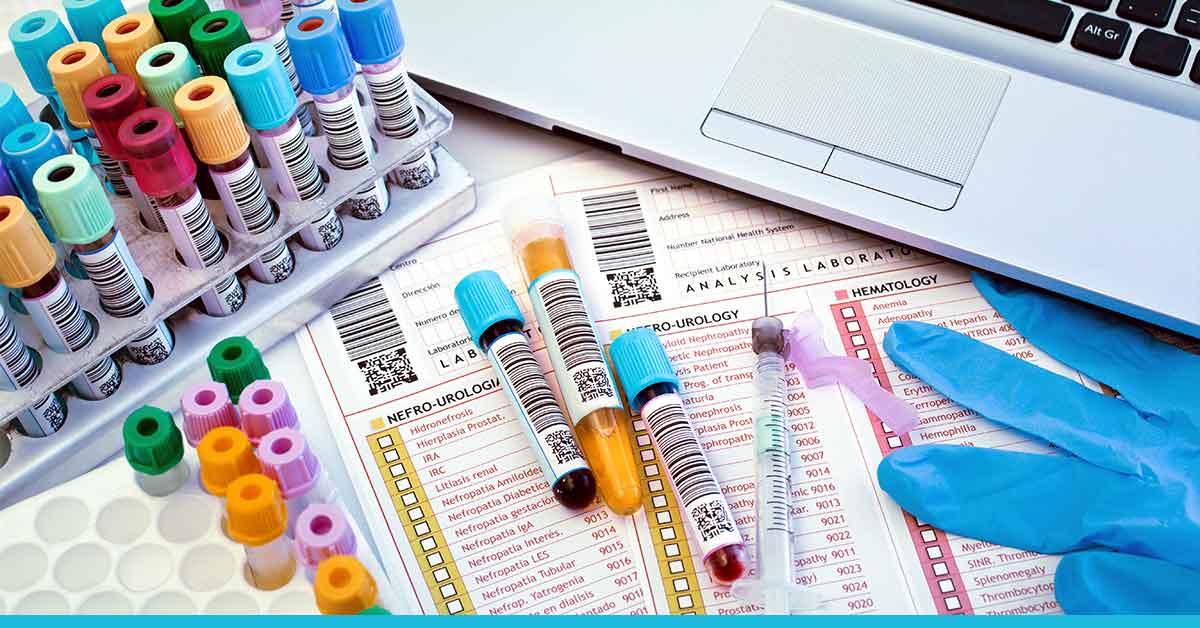
ICD-10-CM codes are the most critical evidence that the services your practice provides are medically necessary, so it is crucial to know them. Your reimbursement request will be denied if you cannot provide evidence that the treatment was medically necessary. Hence, you will have to pay for it.
Being familiar with the new ICD 10 codes for pathology billing is essential.
This post sheds light on different aspects of pathology coding and billing codes.
Pathology Billing
On July 7, the Centers for Medicare & Medicaid Services (CMS) released a proposed Medicare Physician Fee Schedule for 2023. The purpose of these modifications is to ensure that next year’s compensation for the technical aspect of pathology is more precise. Between 2022 and 2023, they wish to reduce payments for pathology by approximately 1%. There will be a reduction in the conversion factor by 4.4% to compensate for eliminating the 3% fee increase for 2022.
Pathology processes include the evaluation of blood, bodily fluid, or tissue samples taken from a patient and utilized to advise the treating physician. Typically, lab staff is responsible for preparing pathology and lab specimens and screening and testing them. However, it is the pathologist’s responsibility to ensure that lab results are accurate. The pathologist will examine or determine the significance of specific materials and tests. Such examples are blood and urine samples. For pathology billing, a pathologist can record the correct code from the E&M part of the CPT Manual if they meet CMS and AMA E&M guidelines and perform meaningful, individually identifiable face-to-face patient care services.
In 2023, there will be 78,496 ICD-10-PCS codes in use. It includes 331 new codes and the removal of 64 codes. Due to these changes’ impact on reimbursement, medical billing and coding services providers will need to get familiar with the new regulations.
According to the College of American Pathologists, thirteen (13) new CPT codes for digital pathology in Category III will be implemented on January 1, 2023. The CPT category III codes are a collection of temporary codes that can be used to collect data regarding services and procedures.
As per the new guidelines for pathology coding, codes 0751T through 0763T will be utilized to describe what clinical personnel performs when digitizing glass slides for the first diagnosis.
By digitizing glass microscope slides, a pathologist can do an examination remotely, alone, or with the assistance of artificial intelligence (AI) techniques. The Category III add-on pathology billing codes 0751T-0763T may be reported in addition to the right Category I service code when digitizing glass microscope slides and reporting the Category I code for the primary service. These add-on codes can be reported alongside the Category I service code.
Suppose a code from Category III is available. In that case, it should be reported in place of an unlisted code from Category I. Using Category III codes. Physicians, other qualified healthcare professionals, and insurers can identify services and procedures for clinical effectiveness, utilization, and results.
The new digital pathology add-on codes are related to CPT 88305, and 12 other commonly reimbursed pathology procedures (Level IV-Tissue Exam). Only cases in which the newly introduced add-on codes were used for clinical diagnosis should be reported.
The below table shows important codes related to pathology, digitization of glass microscope slides, and microscopic and gross examinations:
| Codes | Level or Groups | Usage in Conjunction with |
| +0751T | Level II
|
Separately with the primary procedure code
OR With 88302 |
| +0752T | Level III
|
Separately with the primary procedure code
OR With 88304 |
| +0753T | Level IV
|
Separately with the primary procedure code
OR With 88305 |
| +0754T | Level V | Separately with the primary procedure code
OR With 88307 |
| +0755T | Level VI
|
Separately with the primary procedure code
OR With 88309 |
| +0756T | Group I | Separately with the primary procedure code
OR With 88312 |
| +0757T | Group II | Separately with the primary procedure code
OR With 88313 |
| +0758T | Histochemical stain on frozen tissue block | Separately with the primary procedure code
OR With 88314 |
| +0759T | Group III | Separately with the primary procedure code
OR With 88319 |
| +0760T | Immunocytochemistry or immunohistochemistry | Separately with the primary procedure code
OR With 88342 |
| +0761T | Immunocytochemistry or immunohistochemistry per specimen | Separately with the primary procedure code
OR With 88341 |
| +0762T | Multiplex antibody stain procedure | Separately with the primary procedure code
OR With 88344 |
| +0763T | Single antibody stain procedure | Separately with the primary procedure code
OR With 88360 |
Pathology Coding
More than 1,400 new diagnostic codes are added to the ICD-10-CM codes for 2023. All payers must be provided with the new mandatory codes. Since these codes suggest the necessity of seeking medical treatment, inappropriate use of the codes may result in claim denial and loss of reimbursement for services rendered.
Here are important highlights of the new pathology billing codes:
- Expansion of the OB/GYN code (over 400 new codes)
- Code for concussions and other brain injuries as well as dementia (over 100 new codes)
- Code for methamphetamine overdoses, indicating new Category for meth poisoning
- Codes for electric bike injury, allowing for additional information about the accident
In addition to the above-described code extensions, the following specialty and conditions will be coded significantly differently:
| Code Series | Description |
| I25.- | Atherosclerosis |
| F10.9 | Alcohol and other substance use |
| C84.4 | T-cell lymphoma |
| G71.03 | Limb-girdle muscular dystrophy |
| B37 | Candidiasis (vulva and vagina) |
| E87.2 | Acidosis |
| D68.0 | Von Willebrand disease |
| M93.0 | Slipped upper femoral epiphysis |
| E34.3 | Short stature |
| M62.5A | Back’s Muscle wasting |
| P28.- | Newborn sleep disorders |
| D59.3 | Hemolytic-uremic syndrome |
Preparing for New ICD 10 Codes for Pathology Billing
Utilizing the appropriate diagnostic and procedure codes when submitting claims to insurance companies for pathology-related medical services is crucial. Outsourcing your pathology billing to Precision Hub is the best approach to fulfilling any new ICD coding regulations for pathology billing. We have years of experience in the business, allowing us to monitor all aspects of the pathology coding process and assist you in better managing your revenue cycle.
See Also: Preventive Medicine Services Coding Guidelines
Conclusion
There is no practice where coding does not significantly influence the revenue cycle and bottom line. With the assistance of Precision Hub’s coding services, you can rest assured that your claims will be processed correctly from the beginning.
Precision Hub provides ICD-10-compliant coding services to its customers as a medical billing and coding outsourcing leader. Our coders apply the ICD 10 Pathology Billing Codes that best depict the patient’s treatment. We provide you with the most recent medical codes for the services you provide to your patients per AMA and CMS regulations.
Schedule your meeting with us to learn more about our professional coding assistance.







No comment yet, add your voice below!